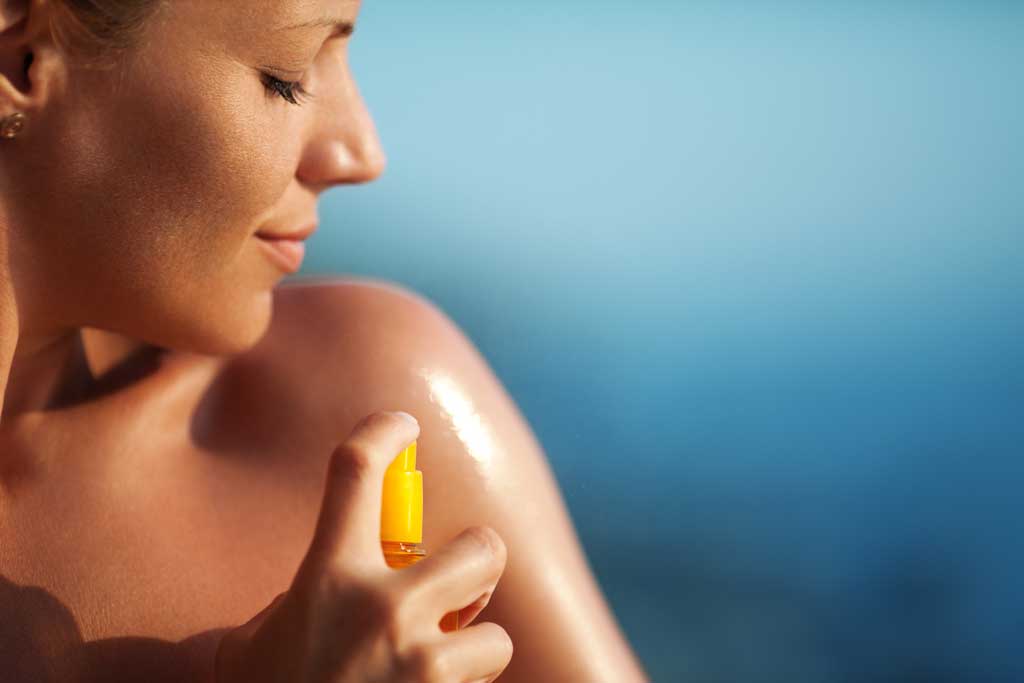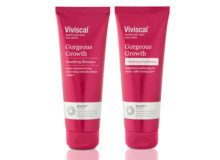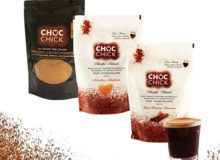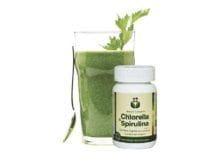Everything you don’t know about SPF
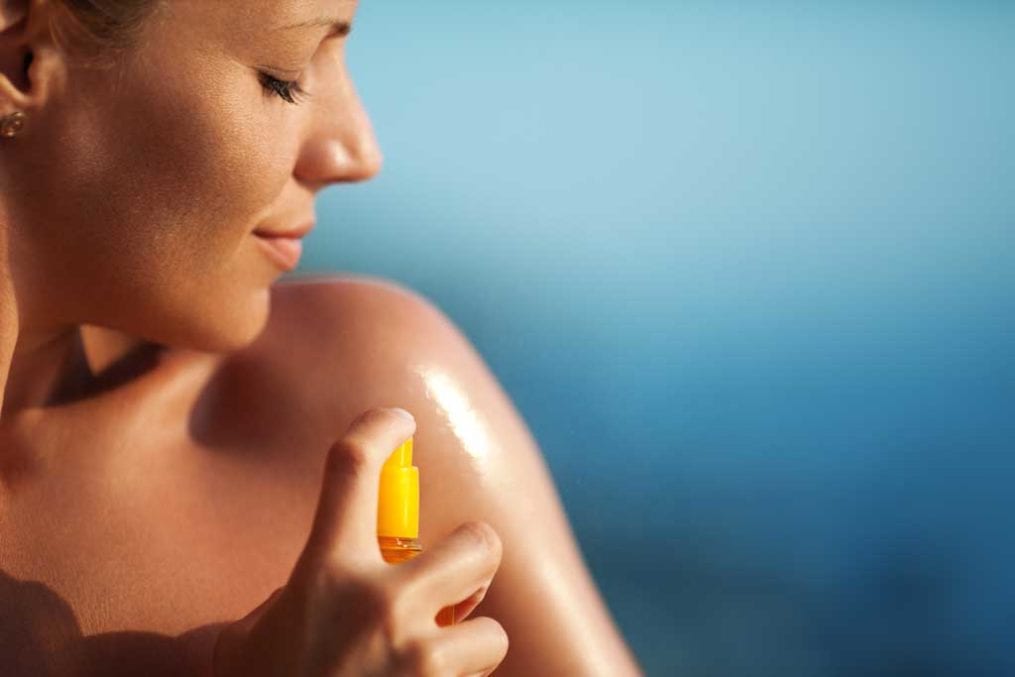
Whether you find yourself bewildered in the sun care aisle or consider yourself SPF-savvy, with new research constantly being done in the field of UV damage, it’s never a bad idea to swot up. Plus, the fact remains that we, the great British public, have dermatologists and skin cancer specialists tearing out their hair in frustration. ‘People know what they should be doing, but it’s not translating into a change in behaviour,’ says Dr Rachel Abbott, a consultant dermatologist and British Skin Foundation spokesperson. ‘There’s such a time lag between the damage being done and the development of skin cancer that people just don’t see it as a problem.’ In countries like Australia, where government-funded prevention schemes are in place, skin cancer rates are declining. But in the UK, they’re on a steady increase. Dr Abbott shares the lesser-known facts when it comes to sun cream.
You’re being cheap
‘Really, sun cream should be a last resort,’ says Dr Abbott – better to protect yourself by covering up or keeping out of the sun. ‘That’s partly down to its limitations – the main one being that we just don’t put enough on.’ A 2018 study found we get less than half the sun protection we think we’re getting from sun cream because we apply it too thinly. Sun protection factor (SPF) numbers denote how many times our skin’s natural protection against UVB rays will be multiplied – so SPF 30 should mean 30 times more protection. ‘But only if you apply the required amount,’ says Dr Abbott, ‘which is why we encourage people to go for higher SPFs – 30 or 50, so if it’s diluted down to SPF 10, they’re still getting pretty good protection.’ Note also that SPF numbers don’t tell us how well sunscreen protects against UVA rays.
So how much should we apply? Official guidelines suggest using 2mg of cream per square centimetre of skin. ‘Around a shot glass for the body is a useful guide, and a teaspoon for the face,’ says Dr Abbott.
It might pull a vanishing act
Not only do we sweat and rub sun cream off (so never believe those ‘once-a-day’ claims on bottles), but applying it in direct sunlight increases evaporation, so we stand to lose up to 60% of coverage. ‘This is one of the main drawbacks with chemical sun creams,’ says Dr Abbott.
‘There are two types of sunscreen – physical (mineral) blockers, like zinc oxide or titanium dioxide, and chemical blockers, which absorb UV rays. You need to put chemical blockers on 20 minutes before you’re out in the sun, but you can use a physical blocker immediately.’ Many physical sunscreens are also reef-friendly – look for mineral SPF formulations.
High SPF moisturiser won’t cut it
A recent UK study found that when using SPF moisturisers (rather than sunscreen), users tend to miss more of the face, particularly around the eyes – something Dr Abbott puts down to worries about stinging. But even if we did manage to cover every square millimetre, SPF-spiked moisturisers and make-up still wouldn’t get the job done on their own. ‘The regulation is pretty light,’ says Dr Abbott. ‘Some manufacturers put sunscreen into a product so they can say it’s anti-ageing. It doesn’t mean the sunscreen works to an effective level, and while they might mention the SPF, they won’t comment on the UVA star rating.’ Plus, it’s unlikely we’re reapplying our face cream or foundation every couple of hours, so we’re subject to the same longevity issues.
Step away from the scent
So you’ve slathered on the broad-spectrum, five-star rated, mineral-based factor 50. Well done, you. But spritzing a bit of perfume on top is a big no-no. ‘Putting perfume over the top could simply spray off the sun cream,’ says Dr Abbott, ‘but most fragrances, particularly those containing essential oils, will oxidise on contact.’ Not only does this increase the likelihood of allergens being released, but oxidisation lessens efficacy, and the ensuing chemical cocktail can compromise protection. If you must scent up, spray it on your clothes.
Shade won’t save you
A key lesson here: it’s the UV radiation in sunlight, not sunlight itself, that damages skin. So while trees, a jaunty umbrella or beach-side bar awning will block some UV rays, you’re not off the sun-cream hook. ‘Shade blocks around 70% of rays,’ says Dr Abbott, ‘so it’s a good idea to still wear SPF, a hat and sunglasses.’
Supplement with snacks
Food is by no means a first line of defence, but some may help protect against sun damage. Antioxidants fight free radicals, which can be triggered by UV radiation, and vitamin C helps prevent wrinkles caused by UVA rays – blueberries are rich in both. Lycopene, found in watermelon, absorbs UVA and UVB radiation, while betacarotene – which we convert into vitamin A – has been found to provide natural sun protection after 10 weeks of consumption. Find it in carrots, sweet potatoes and leafy greens. You might benefit from supplements, too. ‘A study from Australia found a form of vitamin B3, nicotinamide, could reduce risk of skin cancer in those with sun damage,’ says Dr Abbott.
